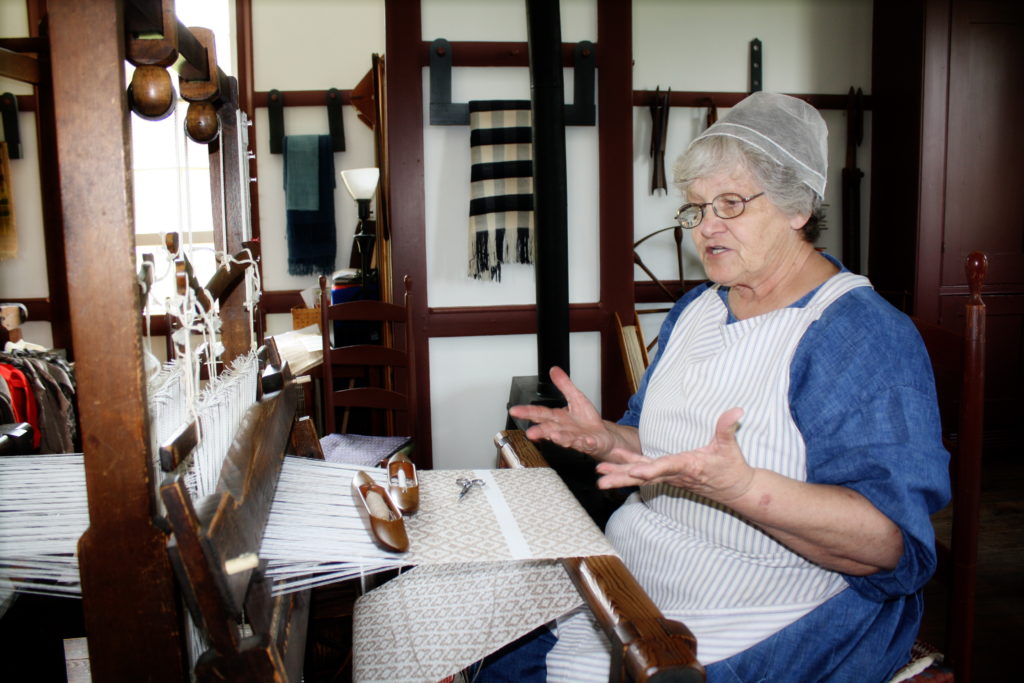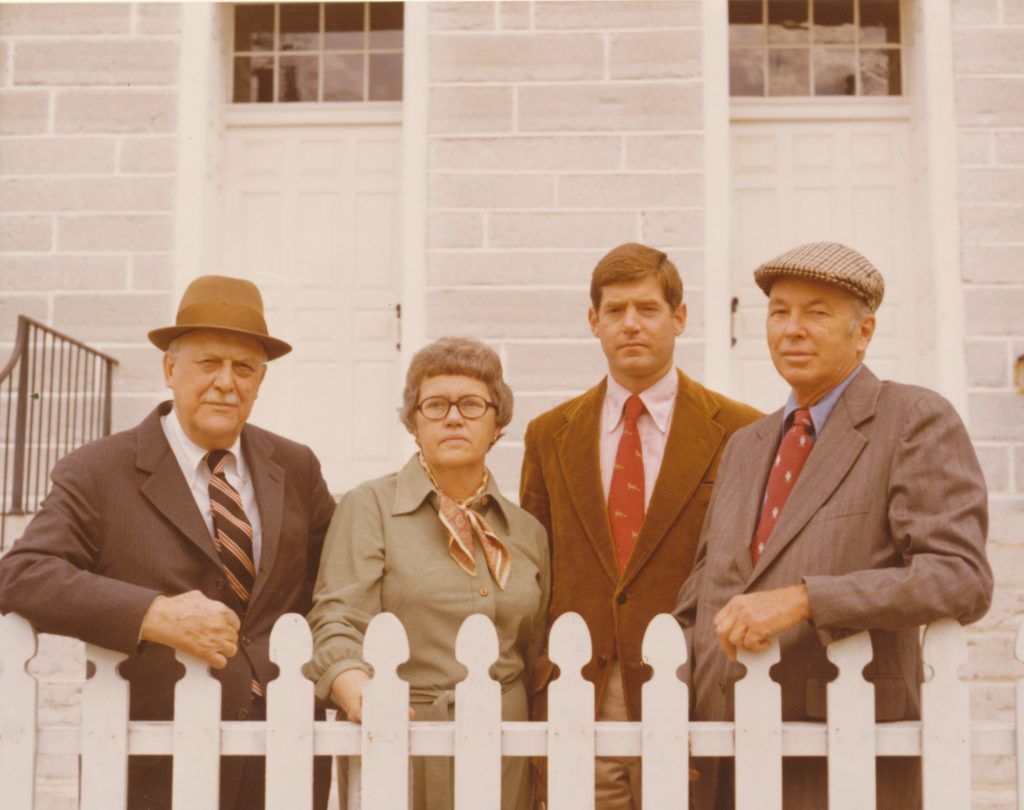Shelby Jones, Director of Communications
Thanksgiving is just around the corner and The Trustees’ Table is ready to dish out all of the traditional holiday foods you wait for every year. We can’t wait to welcome guests to our Thanksgiving table, but we know that many of you won’t be able to sit down with us so we wanted to help ensure that your table is just as festive as ours.

Top Tips for a Tasty Thanksgiving
Shaker Village Chef Amber Hokams is sharing some tips to make your at home menu prep a little easier.
- Brine Your Bird – Allowing your turkey to soak for at least 24 hours in a brine (¼ cup of salt per gallon of water) will significantly increase the flavor and texture of your turkey. Don’t forget to add aromatics to your brine. Chef Hokams suggests sliced oranges, bay leaves, fresh thyme, rosemary and peppercorns. All of these flavors will infuse into your turkey making it especially delicious.
- Cross Utilize Ingredients – Cut your shopping list in half! If you’re making cranberry relish add extra fresh poached cranberries to your dinner salad. If corn pudding is taking center stage on your table add any leftover corn to your cornbread for an extra layer of flavor and texture.
- Homemade Stock Makes a Difference – Save your chicken bones, or ask your local butcher if they have any for sale. Roast your bones for a rich caramelized flavor by adding celery, carrot, onion, a few bay leaves and peppercorns in a large pot. Cover everything with water and allow to reduce over low heat for at least eight hours. Strain the ingredients and continue to reduce until a deep flavorful stock has been achieved. Use this as a base for your gravy along with the pan drippings from your roasting tray. If you really want to show off, add a healthy portion of reduced apple cider to your gravy for extra dimension.
- Buy Local – Small businesses need our support more than ever. Pick up local baked breads and desserts from your favorite bakery, and encourage your family and friends to do the same.

A Recipe to Share
We couldn’t offer up all of that advice without passing on a recipe for the star of the meal – dressing (it’s dressing not stuffing). Check out Chef Hokams recipe for Sausage and Mushroom Dressing and add it to this year’s feast.
Sausage and Mushroom Dressing
6 c Ciabatta Bread, Cubed
6 c Cornbread, Cubed
4 c Wild Mushrooms, Roasted
2 T Butter
2 T Kosher Salt
1 lb. Italian Sausage
1 c Diced Red Onion
1 c Celery, Diced
3 T Garlic, Minced
6 Granny Smith Apples, Diced
¼ c Maple Syrup
4 c Homemade Chicken Stock
3 T Fresh Thyme, Chopped
1 T Rosemary Chopped
2 T Fresh Sage, Chopped
½ t Cayenne Pepper
2 T Orange Zest
Add Ciabatta and Cornbread to 300 Degree Oven and Dry Toast for 25-30 minutes.
Add Sausage to Pan and Brown.
Remove Sausage from Pan (leave the fat) and add Butter.
Add Red Onions, Celery, Fresh Herbs and Cayenne.
Allow to caramelize over medium high heat.
Once caramelized add garlic and sauté until fragrant.
Remove from heat, allow to cool slightly.
Once cool enough to handle add all ingredients to a large mixing bowl.
You may need to add more liquid depending on the consistency you like.
Place in a 375-degree oven for 25-25 minutes.
Thanksgiving To Go
While reservations for dine-in Thanksgiving meals are all booked up you can still enjoy a delicious Thanksgiving To Go from our restaurant. Thanksgiving To Go carryout orders can be booked through Thursday, November 18. Let us do all the work this year while you and your family relax and enjoy delicious turkey, cornbread dressing and vegetables along with country ham and homemade bread and desserts.















